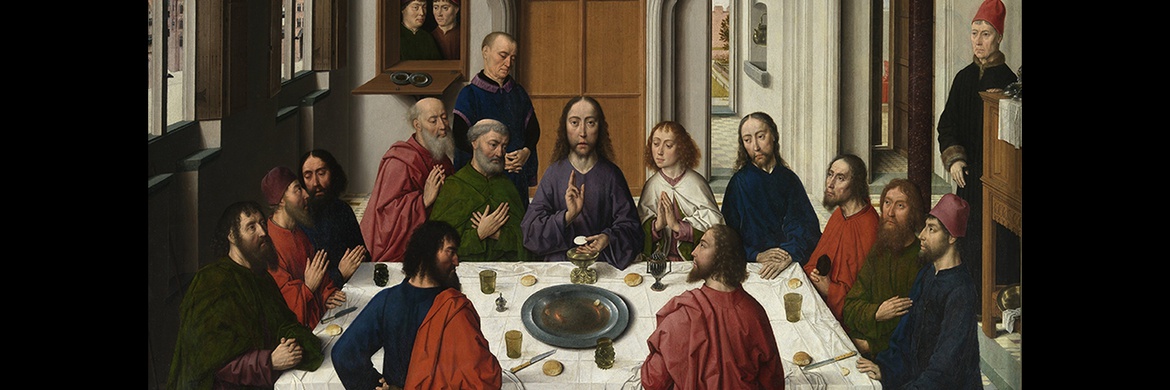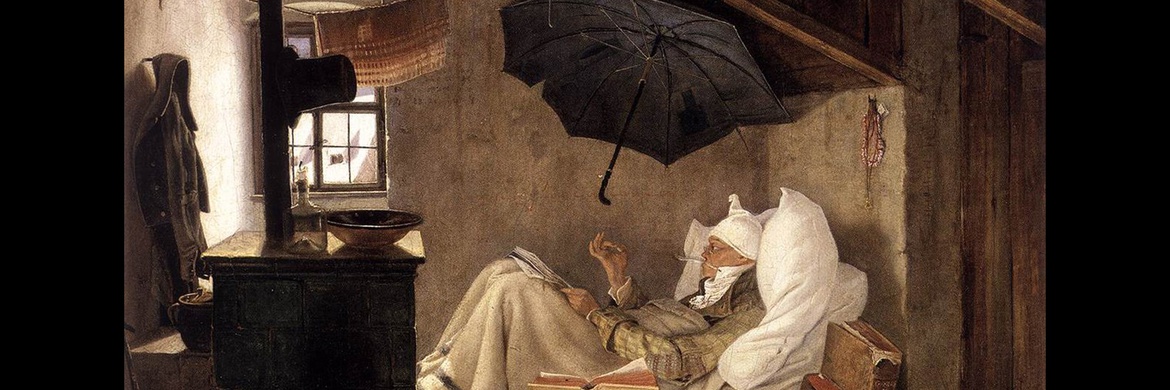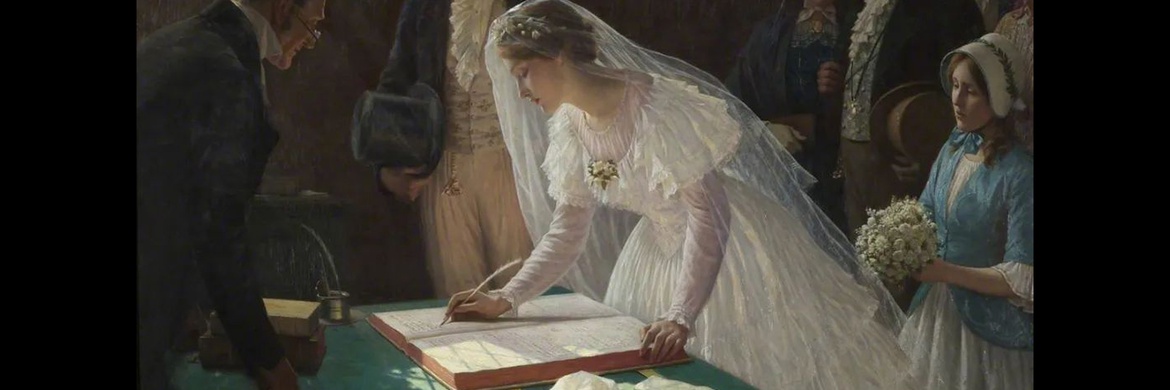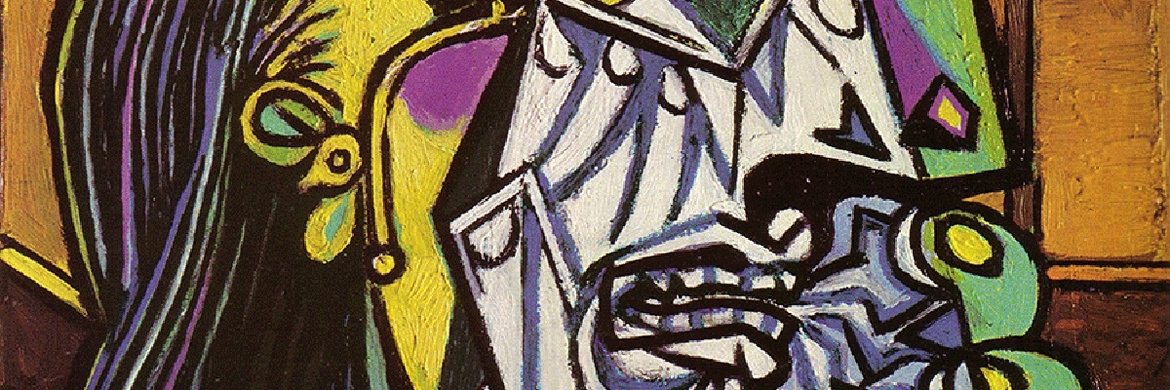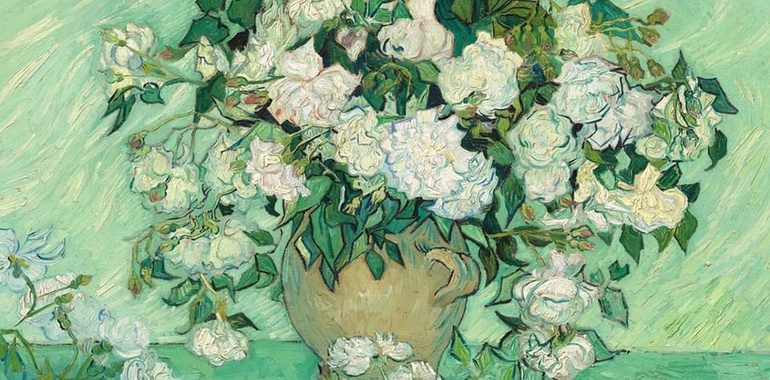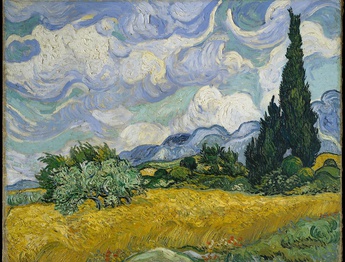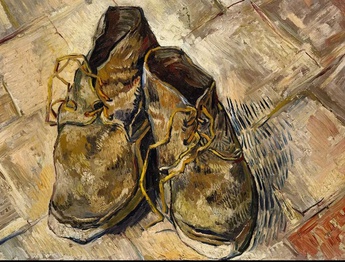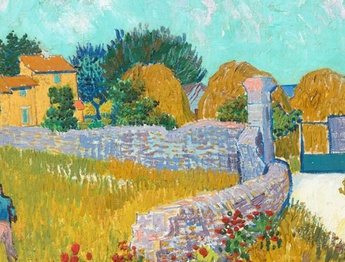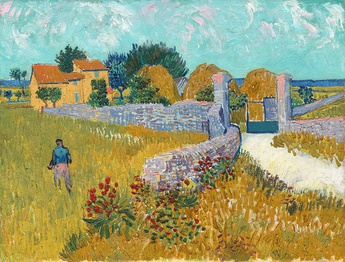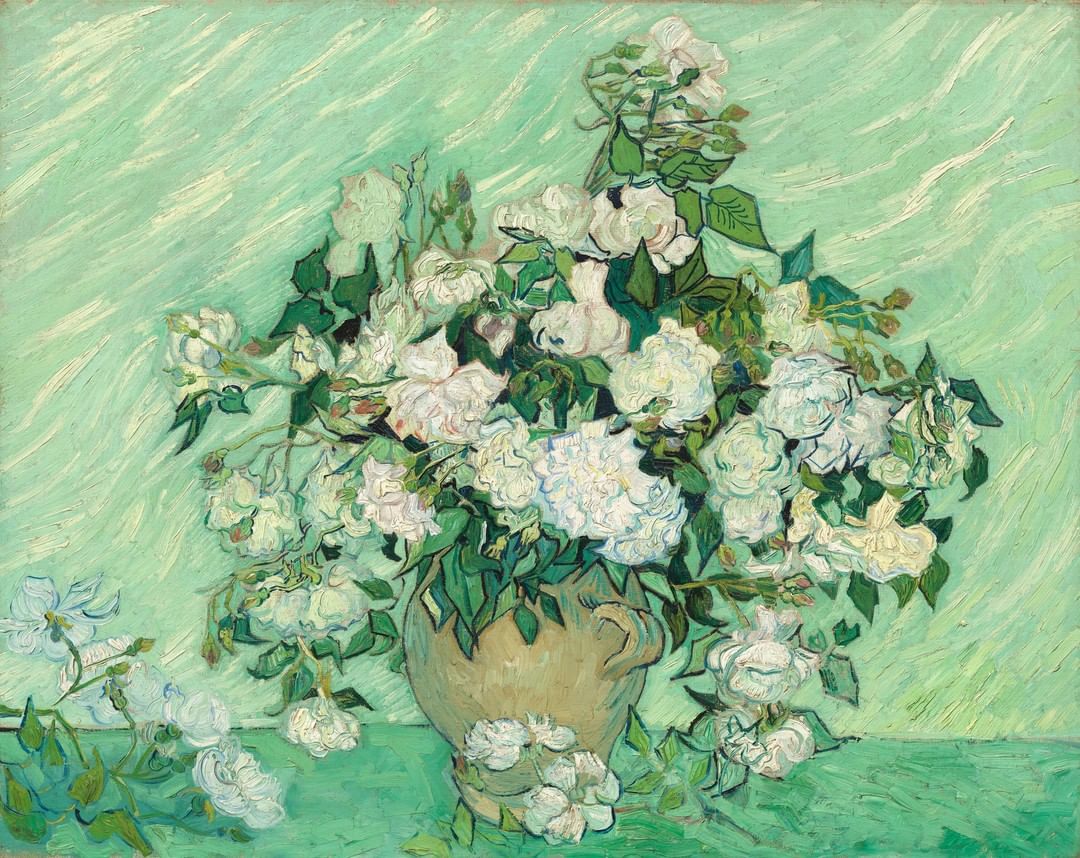
Roses /Vincent van Gogh/1980/ oil on canvas / National Gallery of Art, Washington, D.C
Roses was painted shortly before Van Gogh's release from the asylum at Saint–Rémy. He felt he was coming to terms with his illness—and himself. In this healing process, painting was all–important. During those final three weeks of his recovery, he wrote his brother Theo, he had "worked as in a frenzy. Great bunches of flowers, violet irises, big bouquets of roses..."
This is one of two rose paintings Van Gogh made at that time. It is among his largest and most beautiful still lifes, with an exuberant bouquet in the glory of full bloom. Although he sometimes assigned certain meanings to flowers, Van Gogh did not make a specific association for roses. It is clear, though, that he saw all blossoming plants as celebrations of birth and renewal—as full of life. That sense is underscored here by the fresh spring green of the background. The undulating ribbons of paint, applied in diagonal strokes, animate the canvas and play off the furled forms of flowers and leaves. Originally, the roses were pink—the color has faded—and would have created a contrast of complementary colors with the green. Such combinations of complements fascinated Van Gogh. The paint is very thick—so thick that both rose paintings were left behind when Van Gogh left Saint–Rémy on May 16, 1890
Prepared and arranged by: Narges Saheb Ekhtiari
